-

Seventy percent of rural communities with high economic output are losing population, but rural leaders can use Community Benefit Agreements to ensure development leads to lasting local value. Read more
-

Extreme heat poses health risks to millions of rural Americans. Solutions need to be tailored to meet the unique characteristics of rural places. Read more
-
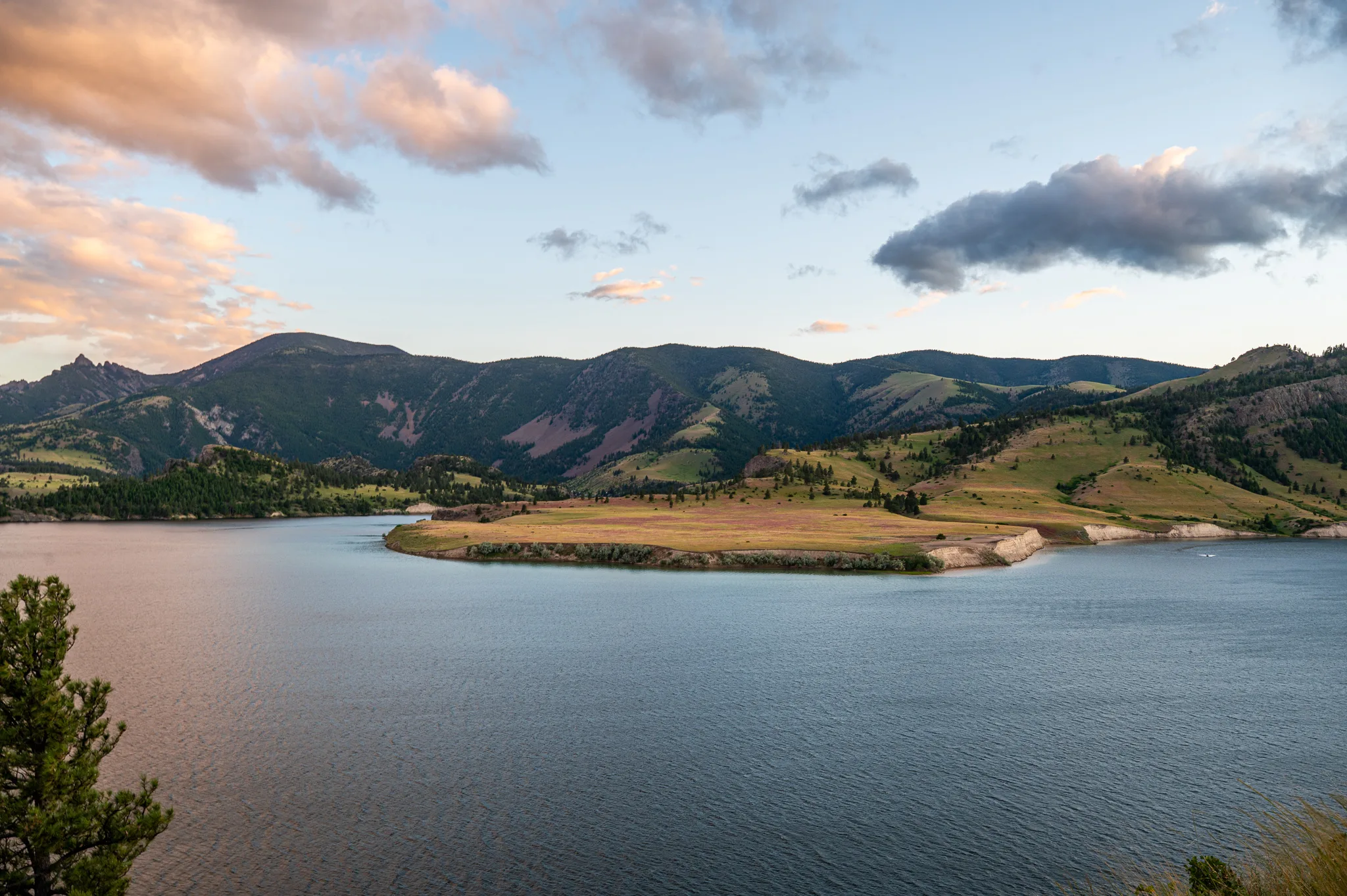
Using resources such as the Rural Capacity Index, the Montana Community Foundation was able to direct more grant dollars to rural, disadvantaged communities. Read more
-

The outdoor recreation economy is large, growing faster than the overall economy, and consists of jobs in many industries. Explore data by state. Read more
-
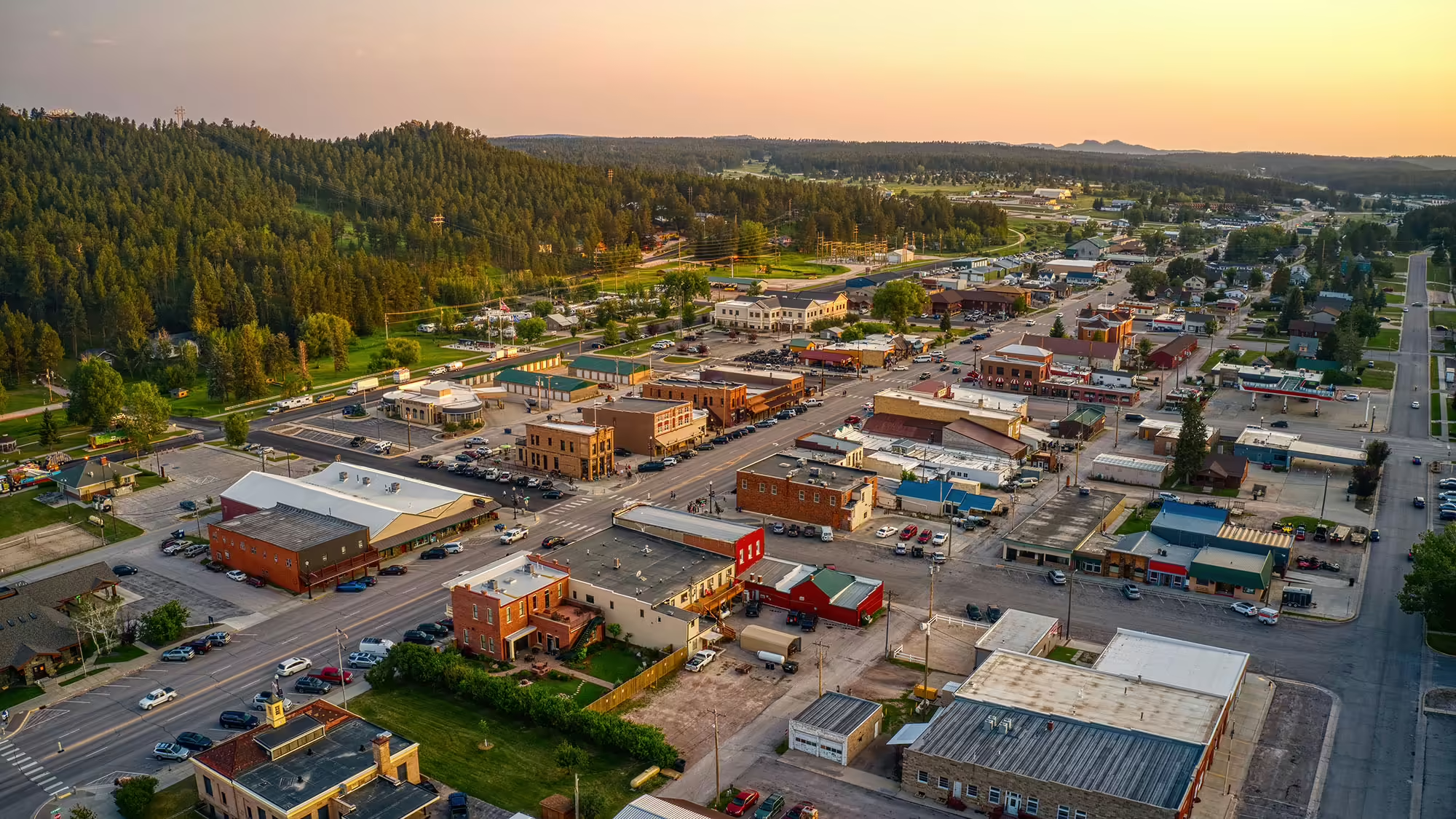
Reversing the legacy of rural disinvestment—and deliberately designing solutions for rural America—is a down payment on our shared future. Read more
-
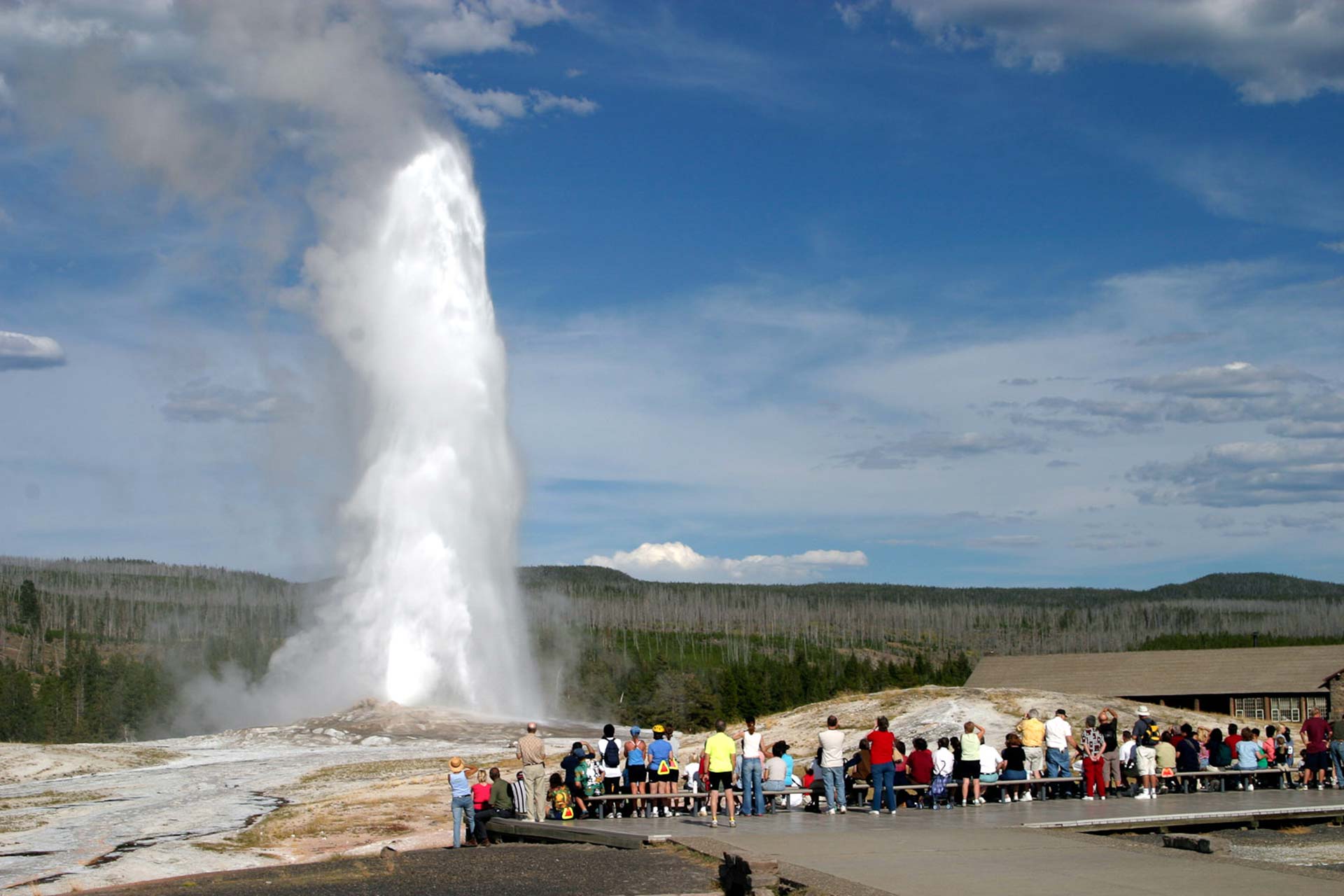
Millions of national park visitors generate economic opportunities for gateway communities, spending money that creates jobs and income. See the trends for every national park service unit. Read more
-
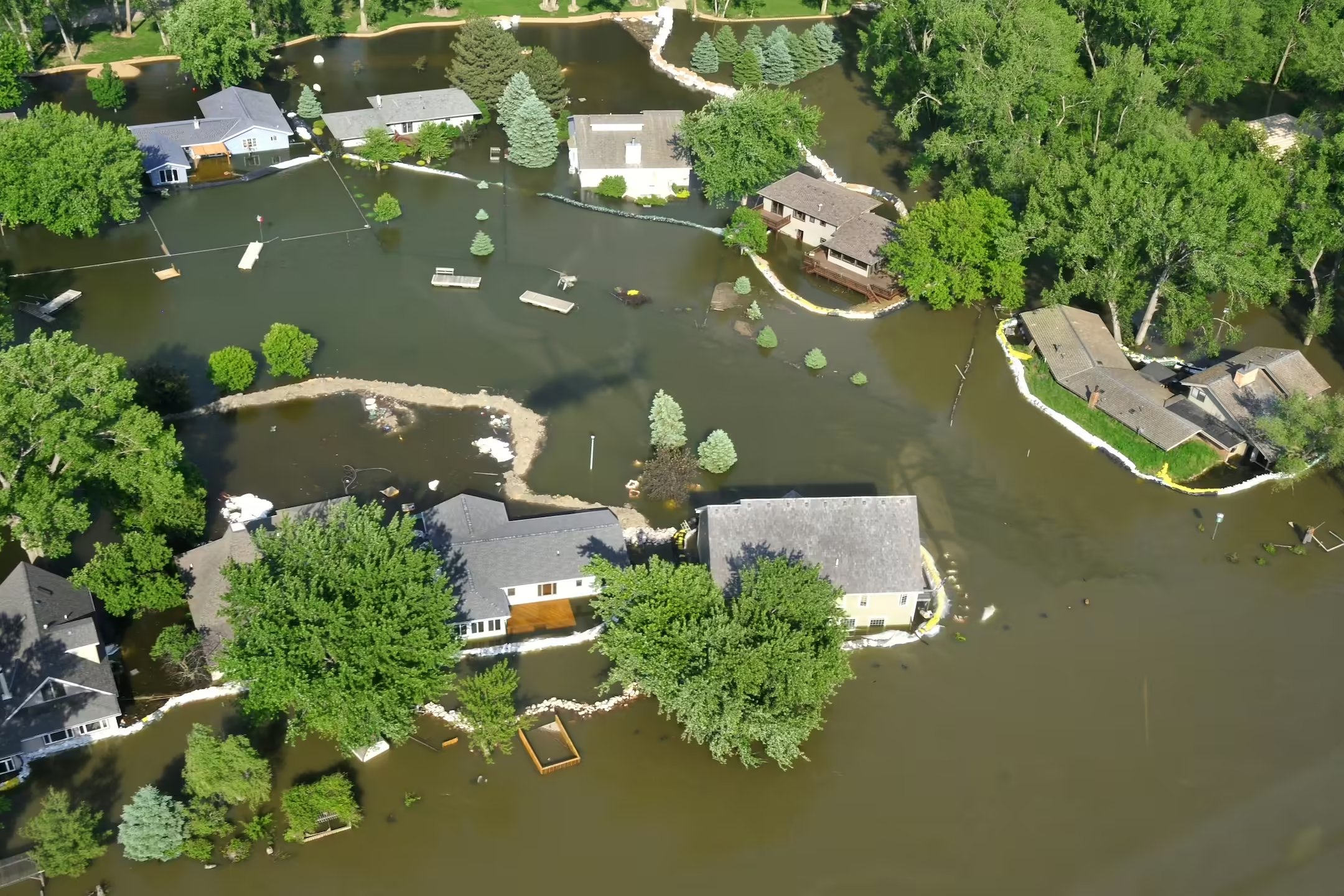
An analysis of FEMA’s BRIC program for climate adaptation and disaster resilience funding shows rising demand, but unequal access. Read more
-

Federal maps designed to identify “at-risk and in-need” communities have failed to identify those at the lower end of the capacity spectrum. Read more
-

Headwaters Economics has created a free, curated collection of nearly 200 high-quality studies that measure the wide-ranging benefits that trails bring to communities. Read more
-
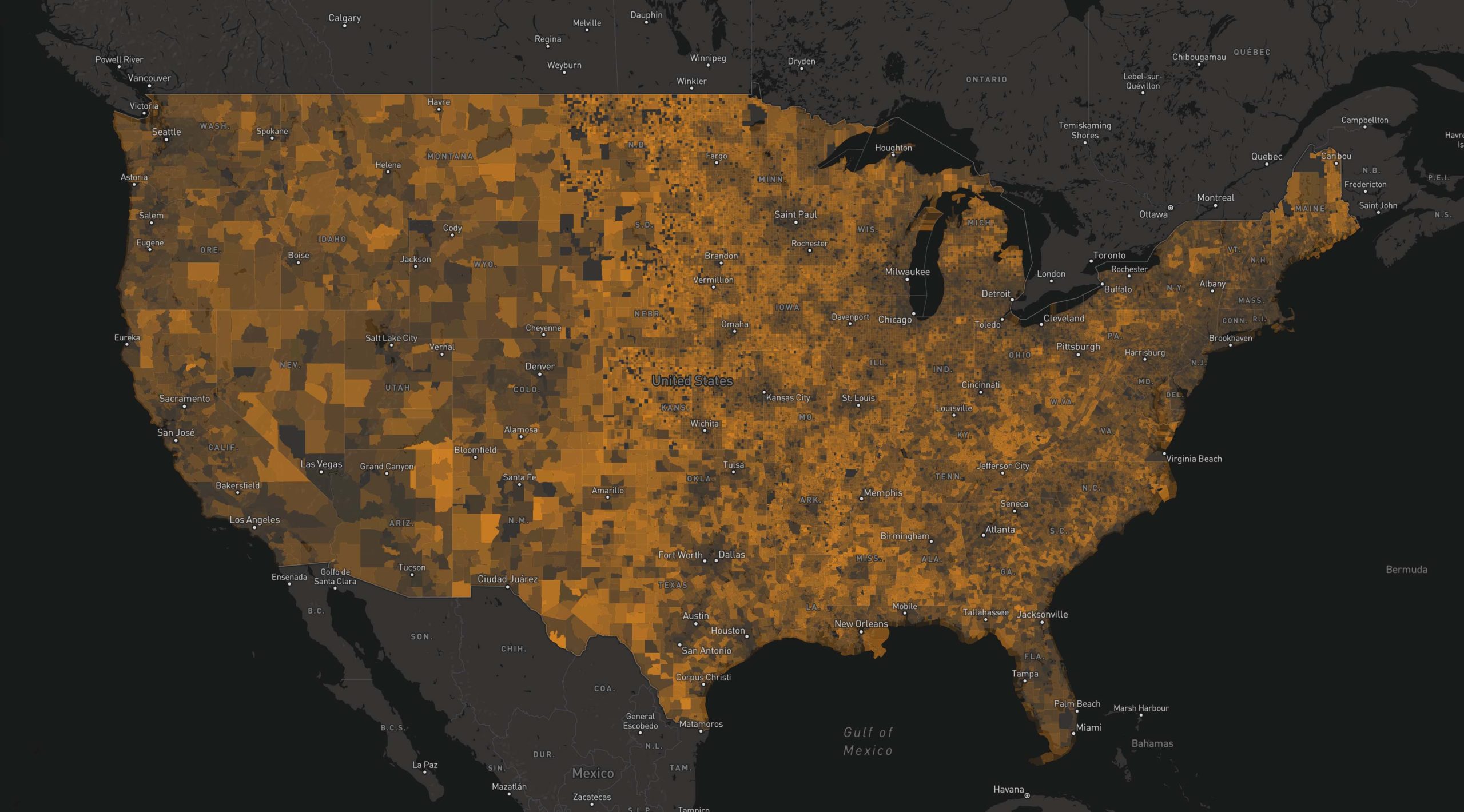
A new map helps identify communities where investments in staffing and expertise are needed to support infrastructure and climate resilience projects. Read more
-

Find the latest American Community Survey data in all of our tools, including the Economic Profile System and Neighborhoods at Risk. Read more
-
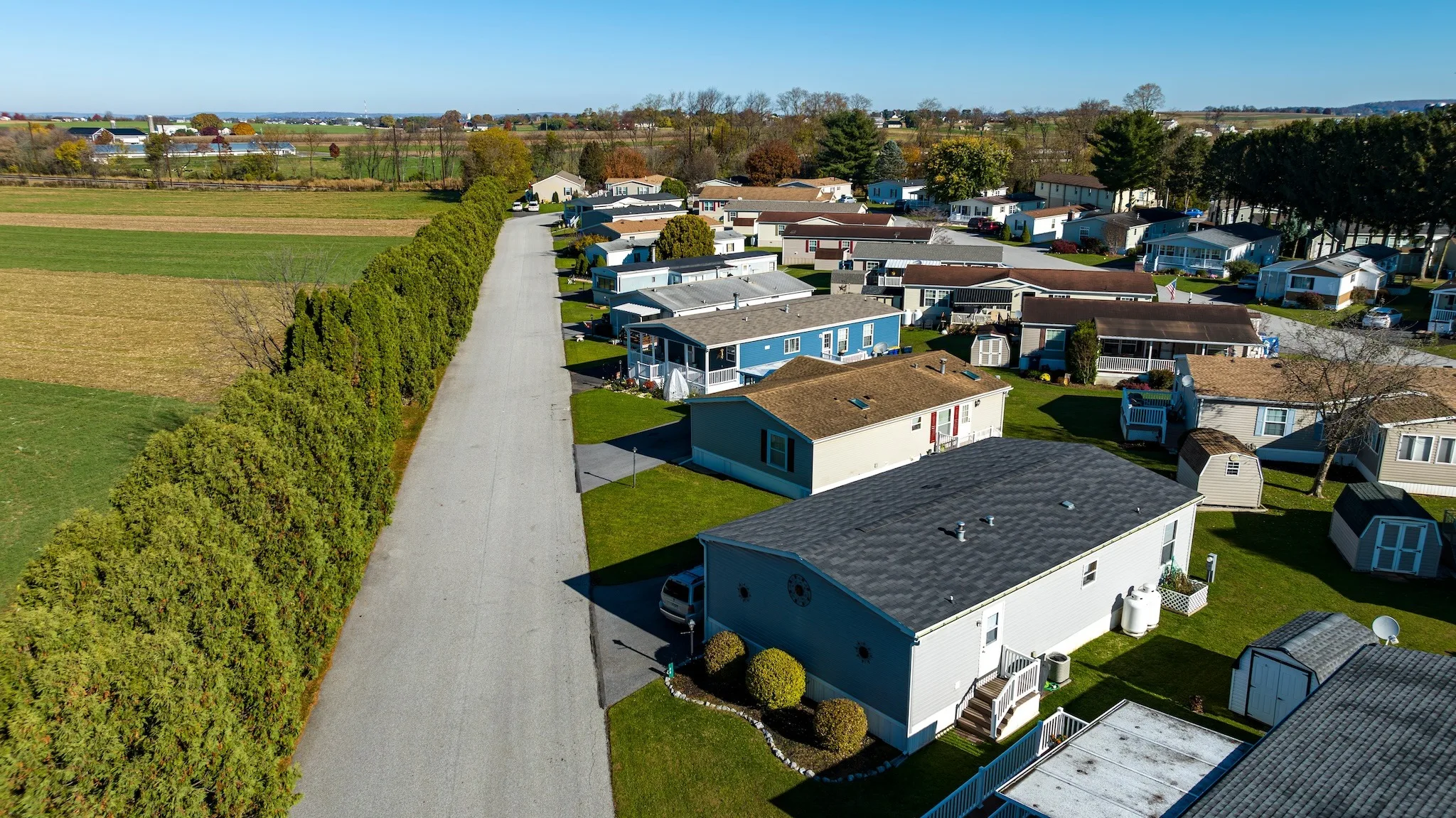
Many mobile home parks face higher flood risk and relocation may be the best option. A review of 12 mobile home park buyout projects illustrates how policy innovation and resident engagement can increase success. Read more
-
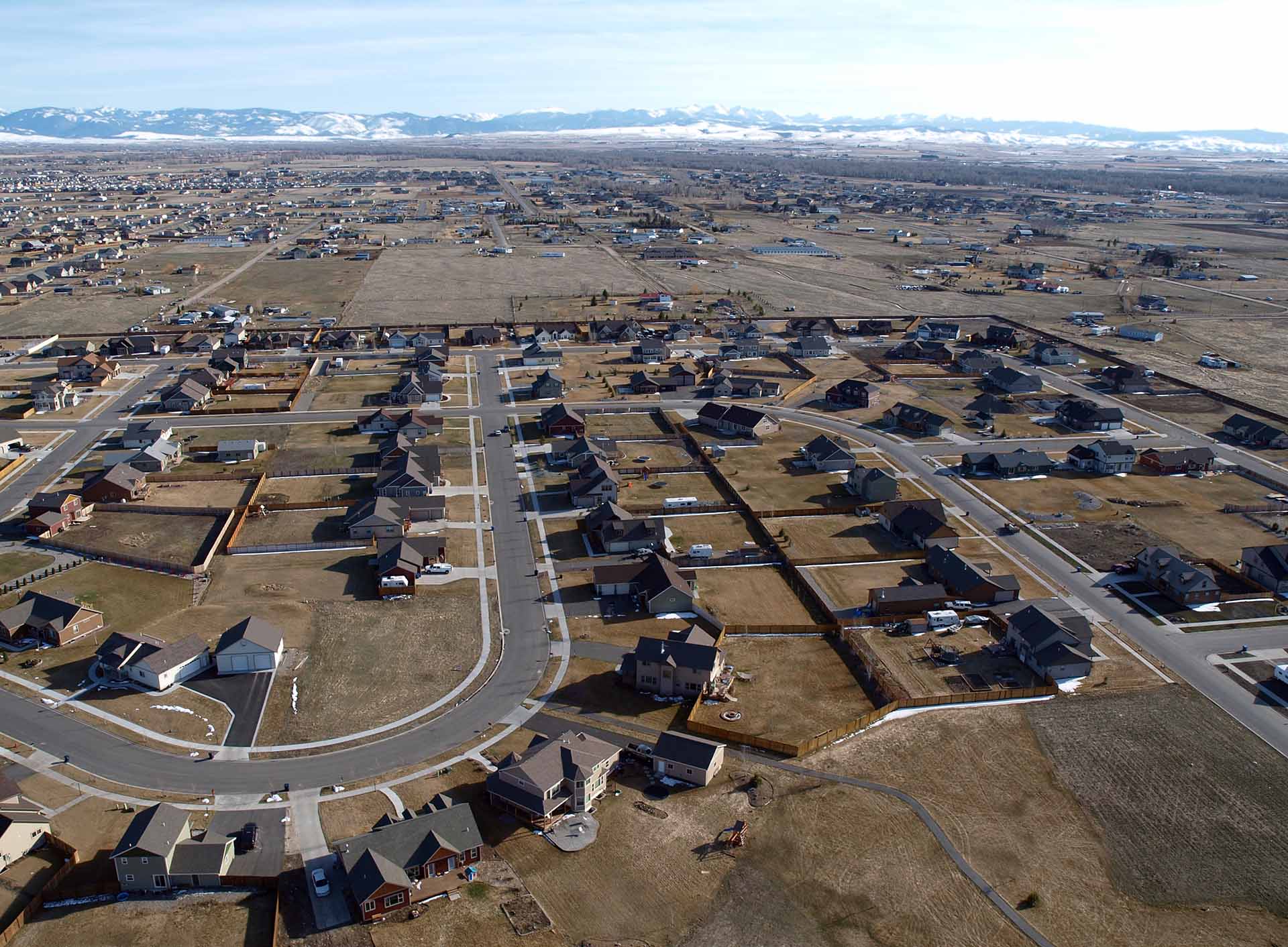
From 2000 to 2021, the number of single-family homes in Montana grew by more than 42 percent, and the popularity of large lots converted 1 million acres of undeveloped land to housing. Read more
-
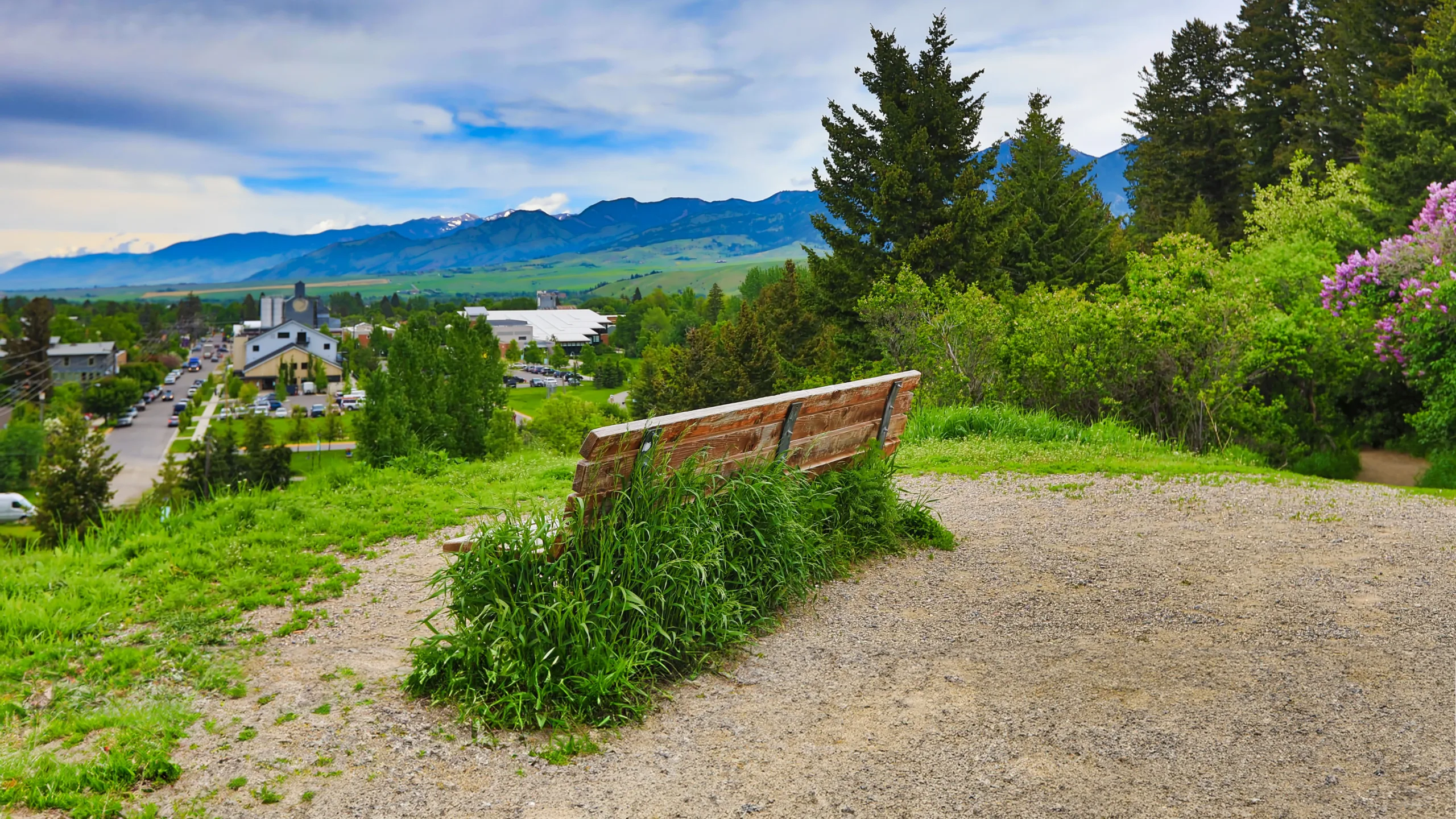
How we manage population centers is intertwined with our conservation of wild areas. The more we create equitable population centers in places people want to live, the more we can create durable, landscape-scale conservation outcomes outside of towns. Read more
-
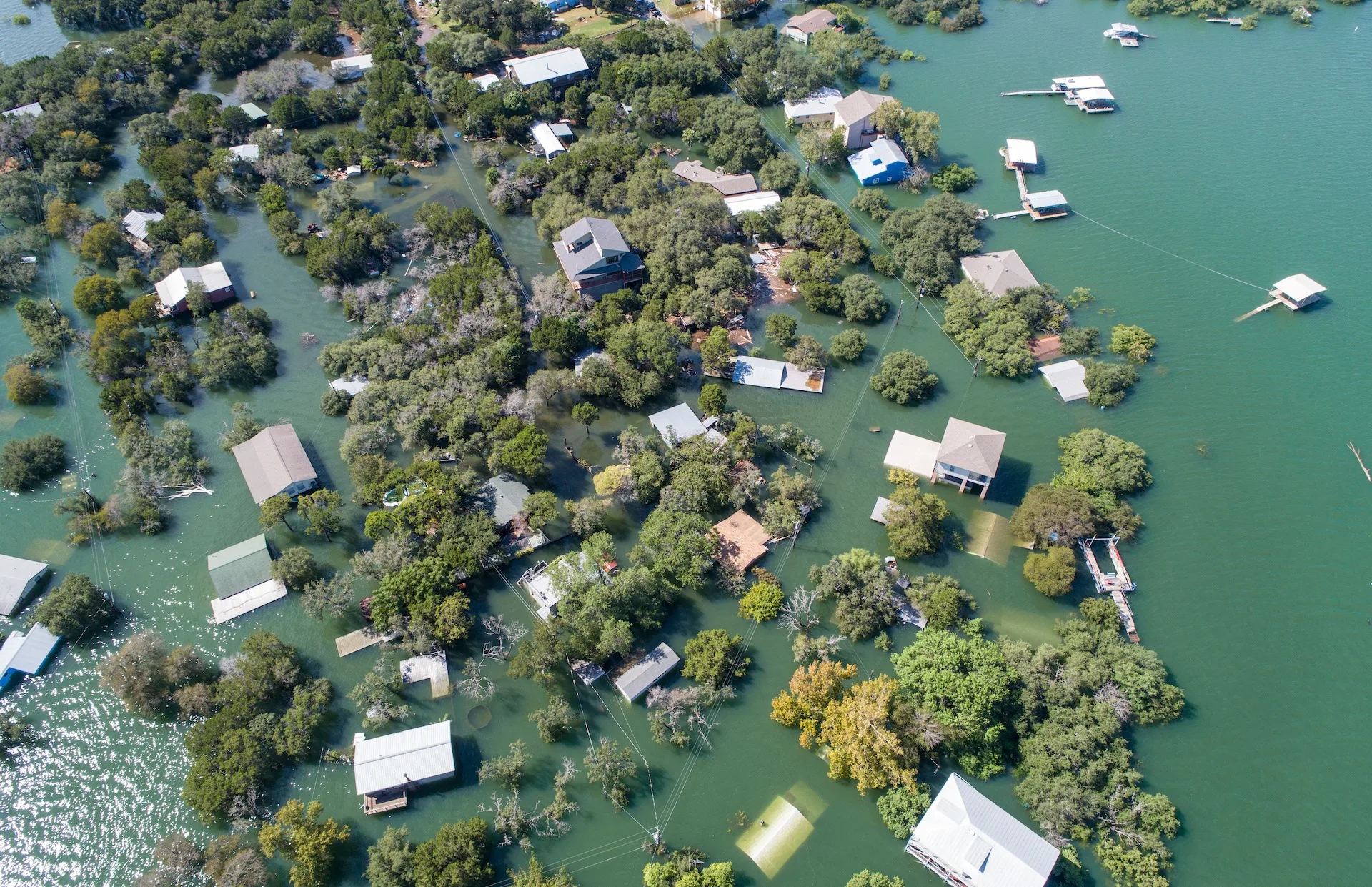
Headwaters Economics and the Hispanic Access Foundation have released a report that shows that 44% of Latinos live in counties with high flood risk, as opposed to 35% of non-Latinos. Read more
-

Headwaters Economics y Hispanic Access Foundation han publicado un reporte que muestra que el 44% de los latinos viven en condados con un alto riesgo de inundaciones, en contraste con el 35% de los no latinos. Read more
-

Headwaters Economics has conducted an analysis of flood and socioeconomic data to illustrate where flood risks disproportionality affect vulnerable populations. Read more
-
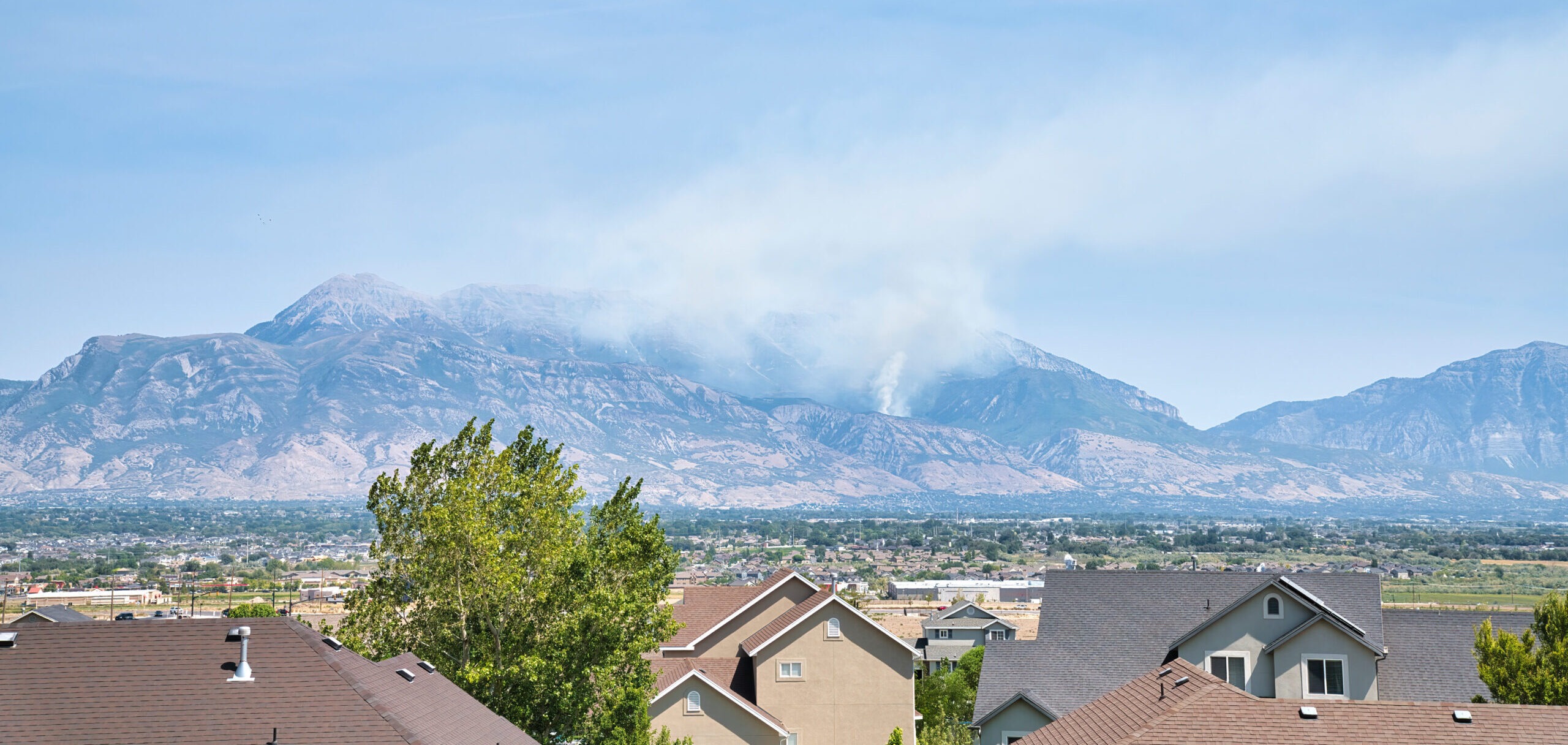
An independent analysis by Headwaters Economics shows that the first round of funding from the Community Wildfire Defense Grant program prioritized high-risk, low-income communities. Read more
-
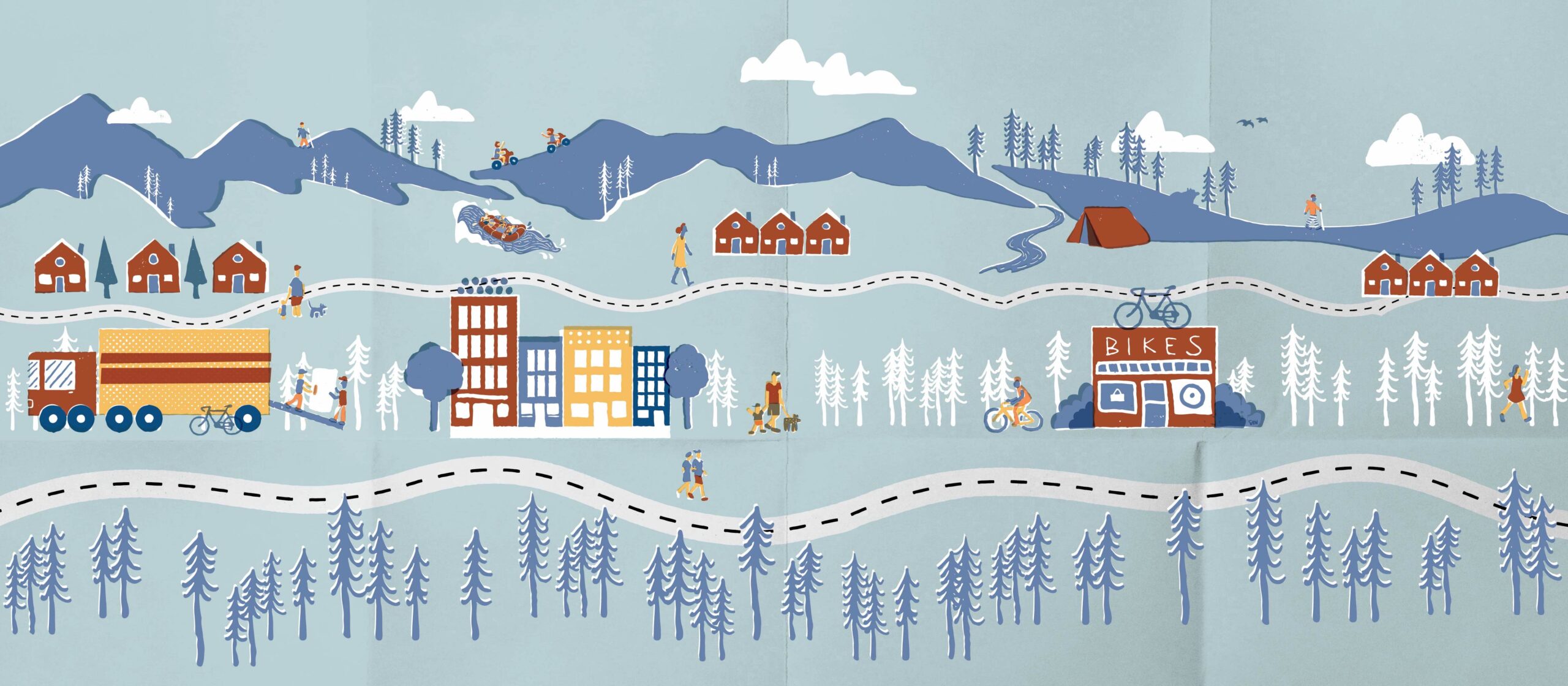
Amenity communities face unique challenges from waves of tourists and new residents. Proactive planning can help avoid being loved to death. Read more
-

Many federal grant programs require communities to provide a local match, creating barriers for rural and underserved places. Read more